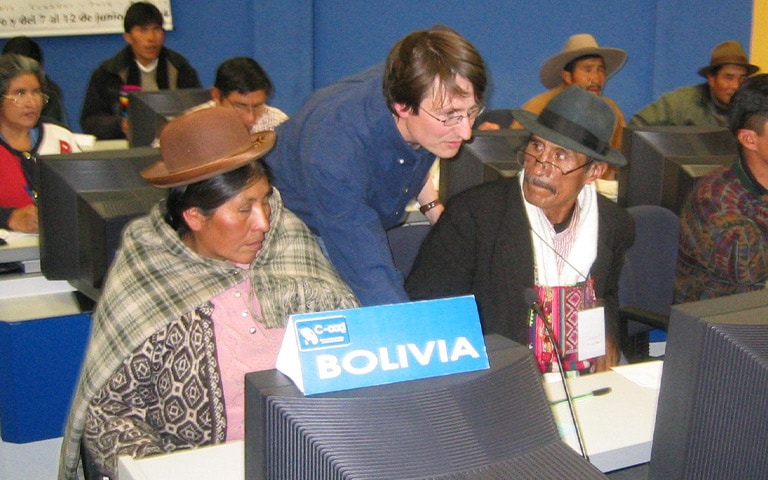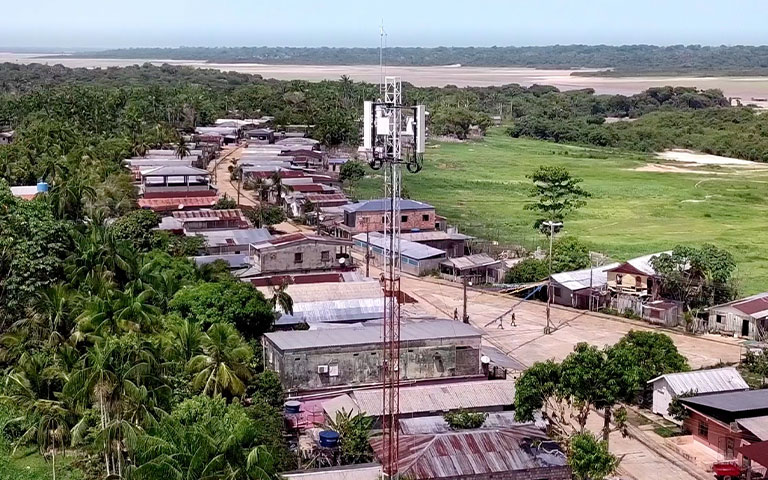This site uses cookies. By continuing to browse the site you are agreeing to our use of cookies. Read our privacy policy

Recent research provides some answers, explains Andrew Williamson, Economic Adviser at Huawei Technologies

One of the stated goals of the International Telecommunication Union (ITU) is to make internet access more affordable.
Unfortunately, high subscription costs for basic digital connectivity have long been an impediment to wider digital adoption by businesses and households. Understanding why these costs remain stubbornly high would help government and industry stakeholders drive economic development around the world.
The cost of mobile voice and data plans for smartphones or fixed home-broadband subscriptions varies greatly by location, and prices fluctuate, making them hard to compare across regions. (In a Huawei Blog post, I covered many of these measurement challenges and proposed a way of analyzing relative affordability using Big Macs.)
Moreover, despite increasing awareness of the issue, there has been surprisingly little in the way of research delving into the why the cost of internet access varies so sharply, sometimes across similar countries.
In a forthcoming academic paper supported by Huawei, scholars Raul Katz and Juan Jung try to rectify this oversight.
Their first contribution is a new way of measuring relative affordability. While the ITU’s use of GNP per capita is helpful, it can create distortions, as GNP per capita does not always accurately reflect what the average individual or household actually has available to spend.
Katz and Jung first calculate a comparative measure of disposable income for 182 countries, then use the standardized US dollar costs of 2GB of data from the ITU to calculate relative affordability (see chart below).
Price of 2GB In USD (as a % of Disposable Income) sample of countries 2022

Their research suggests that mobile broadband price variations are driven by a mix of uncontrollable factors such as geography and population density, but also by other factors that can be influenced by regulatory policy and industry initiatives.
On the policy side, the results show that higher capital spending drives prices down, thereby improving affordability. If the pre-eminent objective of governments is to address the digital divide (which is made worse by relatively high prices), then they should encourage network operators to increase capital spending.
To achieve that goal, the authors advise policymakers to focus on the following key areas:
This short bullet-point list provides policymakers and regulators, as well as industry stakeholders, with some ways to drive mobile broadband prices down, improve affordability, and close digital divides.
Judging from the available data, a virtuous cycle appears to be at work: improved affordability leads to higher adoption. This, in turn, fuels higher-than-expected economic growth, which then leads to improved affordability, and so on.
Implementing the right policies and strategic direction is clearly a responsibility shared by public authorities and private industry. The research from Katz and Jung points the way toward a new path. We encourage scholars to conduct further research into the crucial topic of affordability, so that the people who need connections can get them – no matter where in the world they may reside.





















Contact us! transform@huawei.com
